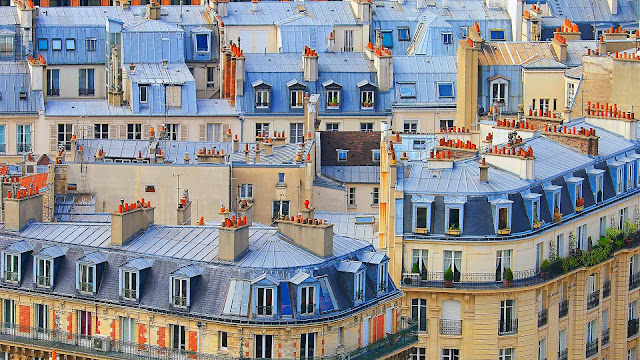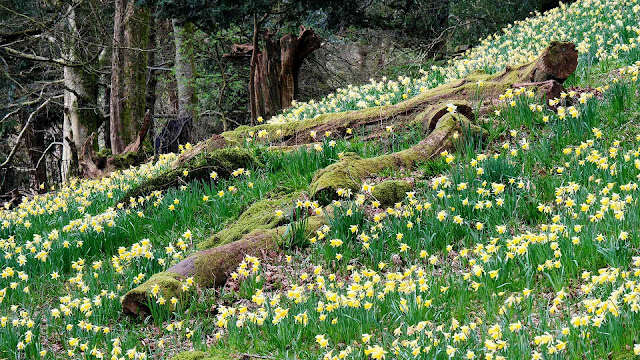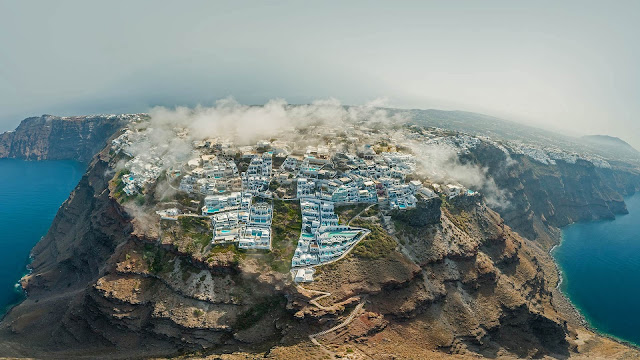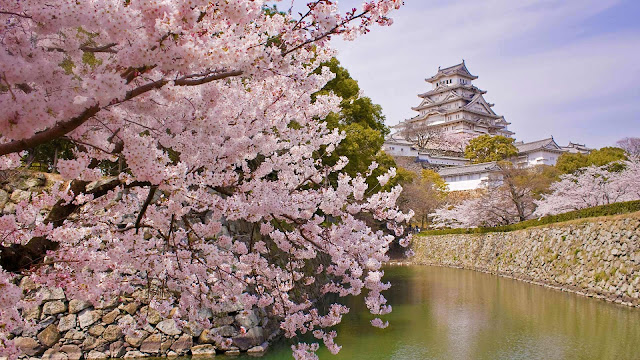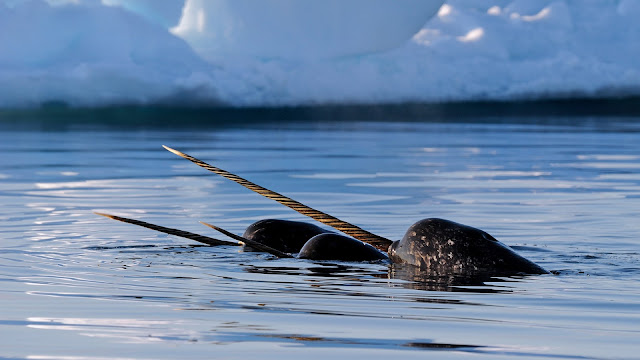A Site Where Colors meet

"Victoria Falls and Rainbow" Zambia by Dietmar Temps. A place where rainbows meet! Victoria Falls is a large waterfall located in the middle of the Zambezi River, which flows through the southeastern part of the African continent. Located on the border between Zimbabwe and Zambia, it is also a World Heritage Site alongside the Iguazu Falls in South America and is a World Heritage Site.
